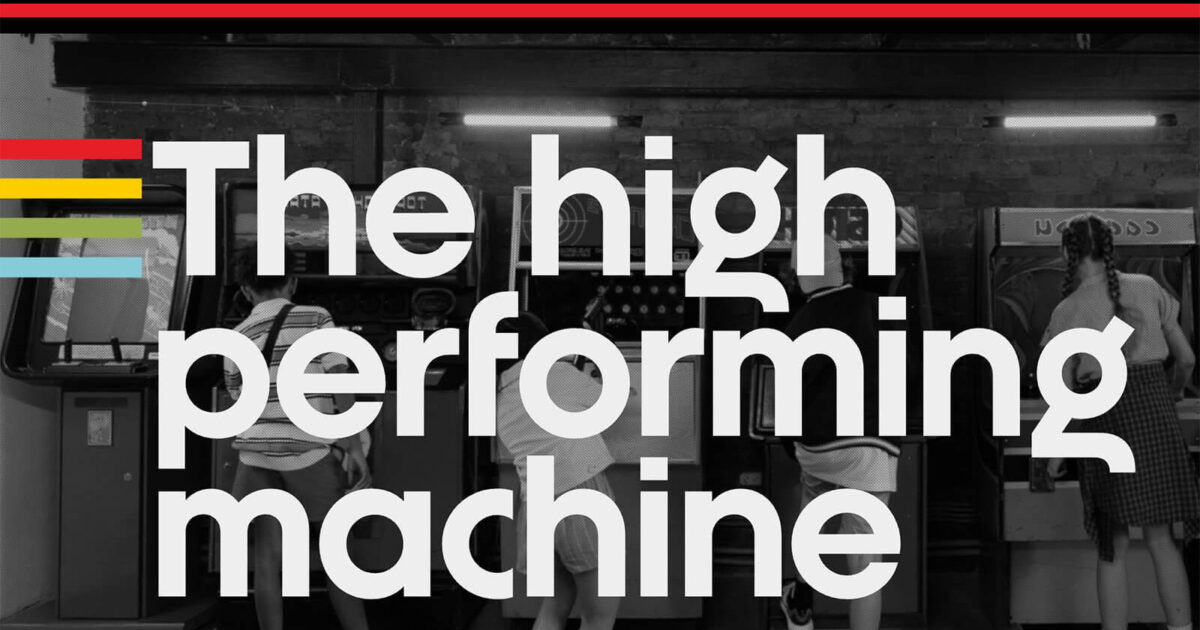![]()
Using Shopify Analytics to Track Your Store’s Performance
Using Shopify analytics is the best way to understand how your store is doing. It gives you data that helps you make informed decisions and identify specific areas you can optimize to improve your store’s performance.
- The dashboard is the control center for your store. It helps you see how things are going by giving you a summary overview of sales, orders, and website traffic.
- Sales reports allow you to monitor trends over time, identify peak sales periods, and track the performance of specific products or product categories. You can use this information to adjust pricing, promotions, and inventory levels accordingly.
- Want to know where your website traffic is coming from? Shopify analytics shows you which channels are bringing in the most visitors. Whether it’s organic search traffic or social media referrals, you will discover the most effective channels for driving traffic to your store. That way, you can focus your marketing efforts on the channels that yield the highest returns.
- Shopify product analytics allows you to evaluate the performance of individual products or product variants. You can identify best-selling items, monitor inventory levels, and track product performance over time. This data helps you to optimize product listings, pricing, and inventory management strategies.
- Abandoned Cart reports help you identify common reasons why customers abandon their carts, such as unexpected shipping costs or a complicated checkout process. This will help you implement strategies to address these issues and recover lost sales, such as sending targeted email reminders or offering incentives to complete the purchase.
There’s a ton more you can do with Shopify analytics, like conversion tracking and comparing your store to others in your industry. The bottom line is, it’s all about using data to make smart decisions and grow your business.







Recent Comments